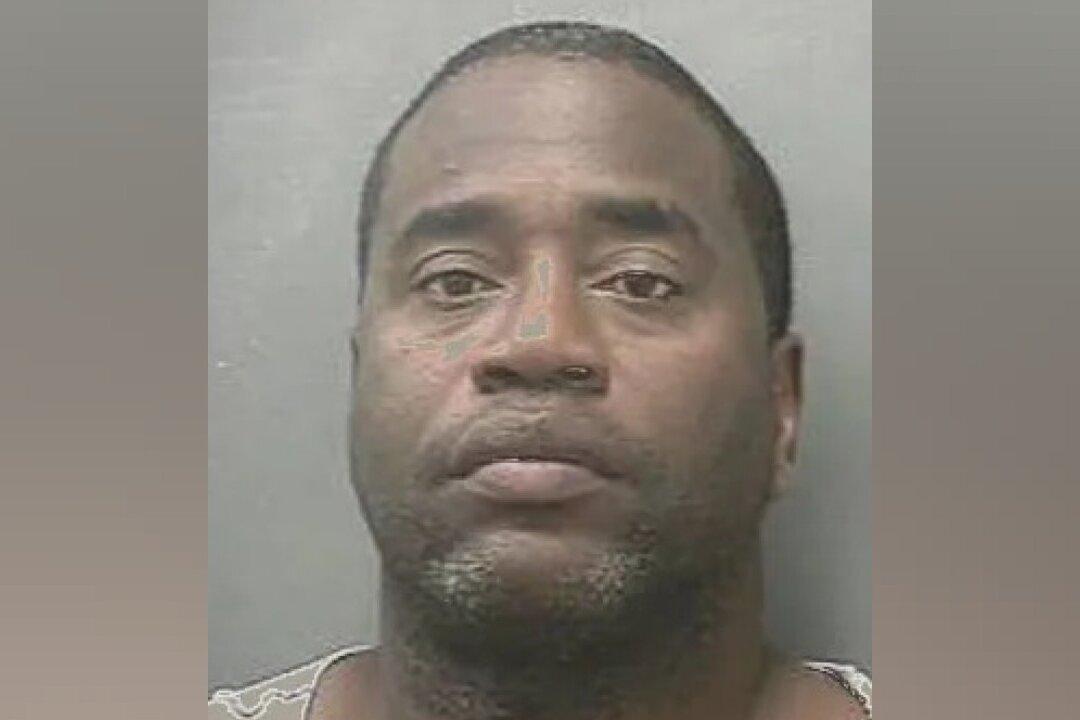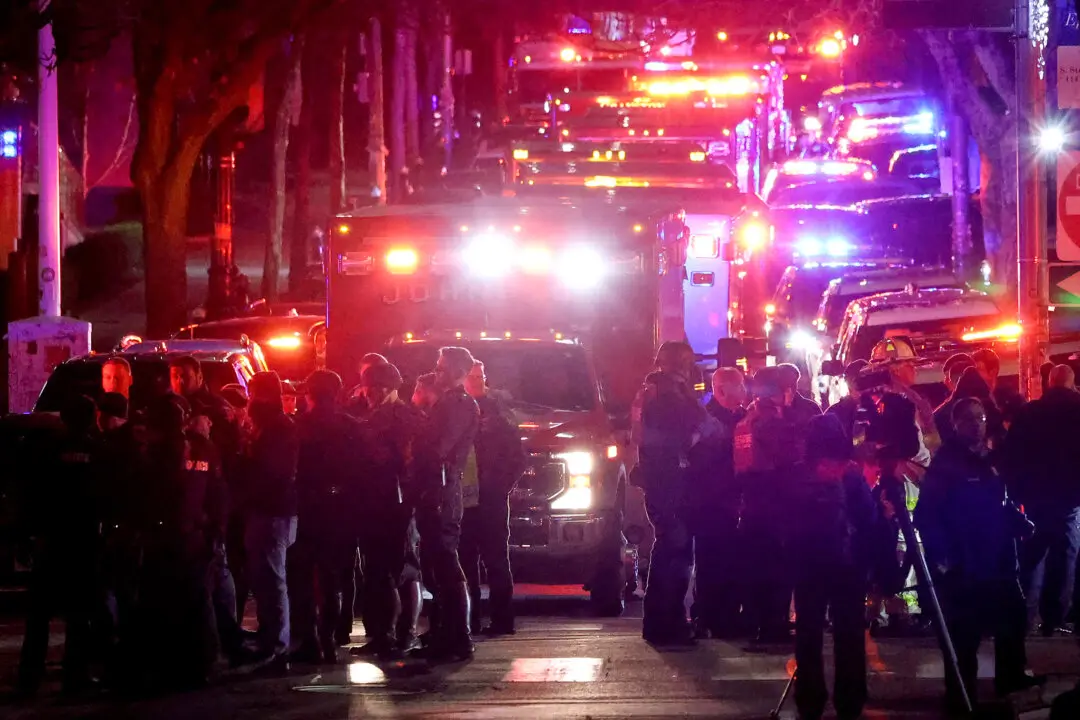A Texas man went on trial for murder this week for fatally shooting a Killeen Police Department detective nine years ago.
The defendant, 59-year-old Marvin Guy, faces one count of capital murder and three more counts of attempted murder, but he contends he was acting in self-defense when he fired the shots.





